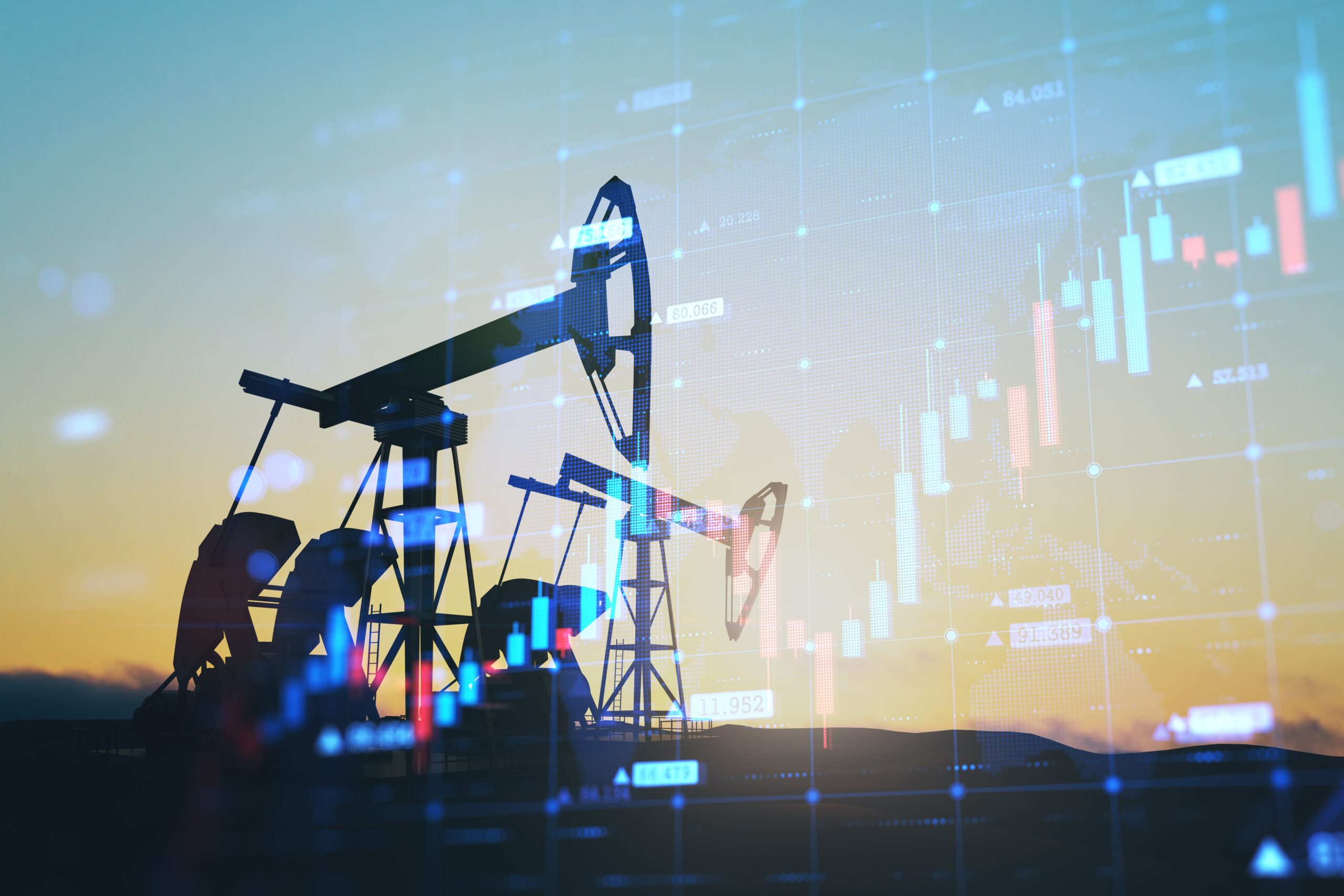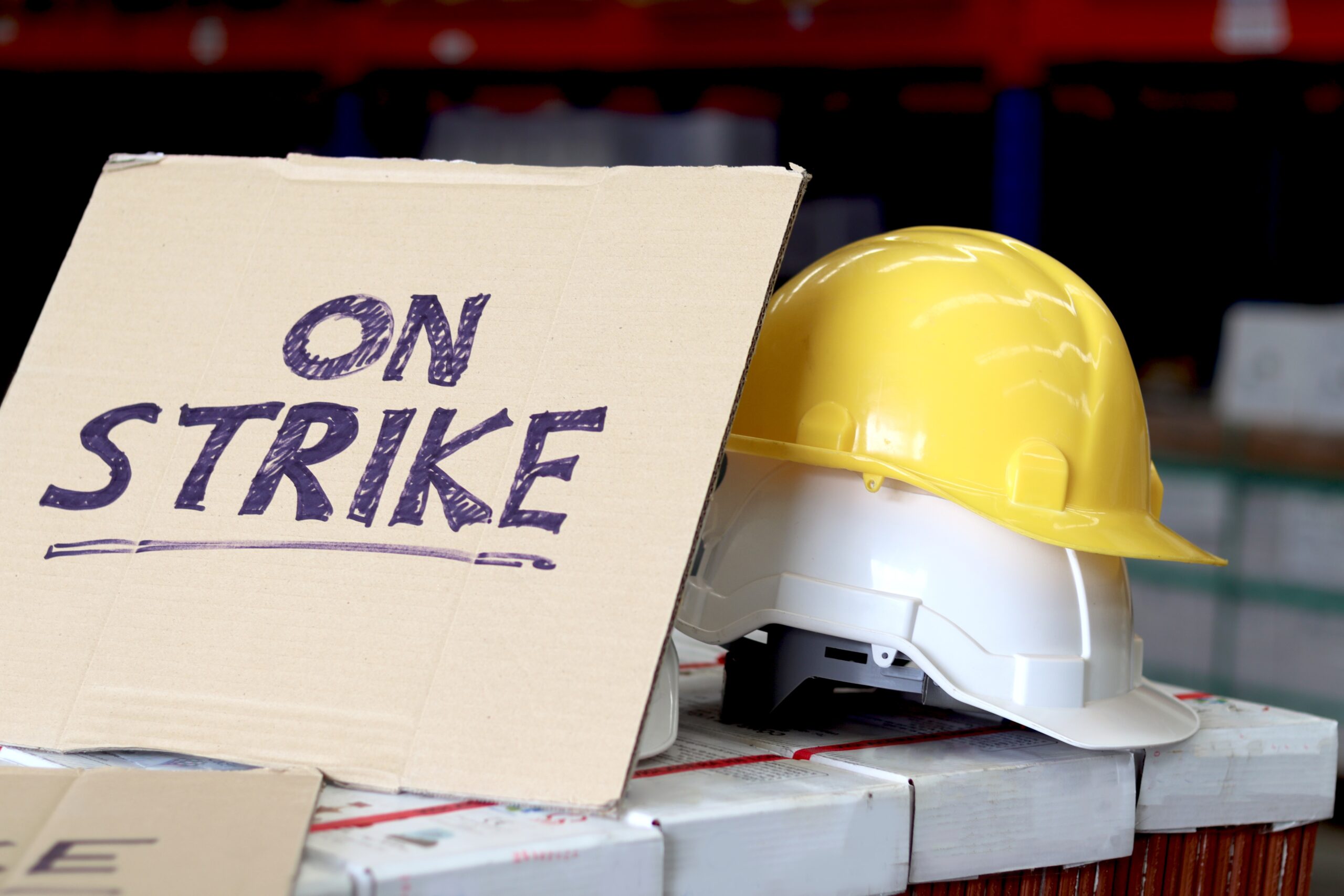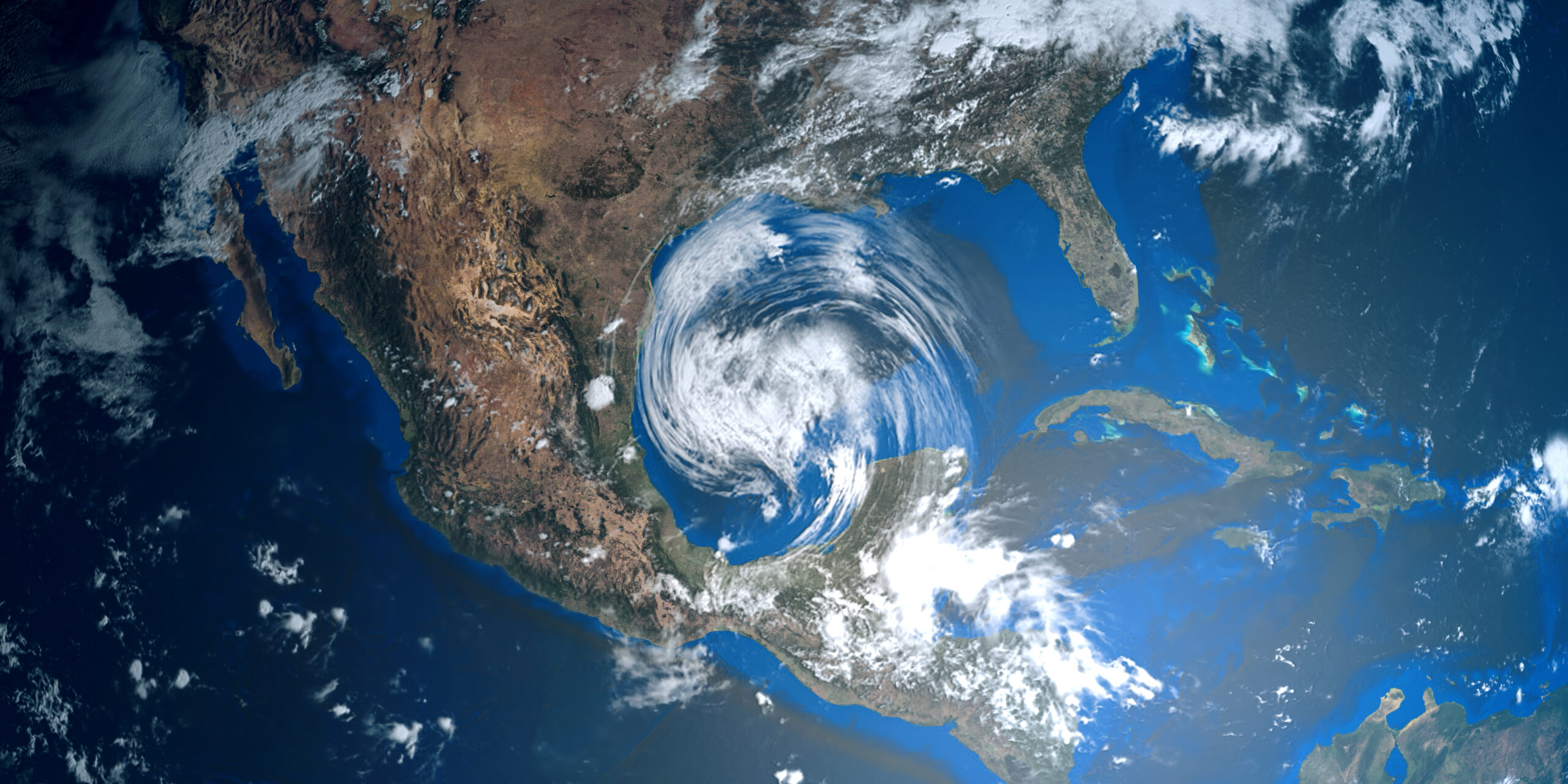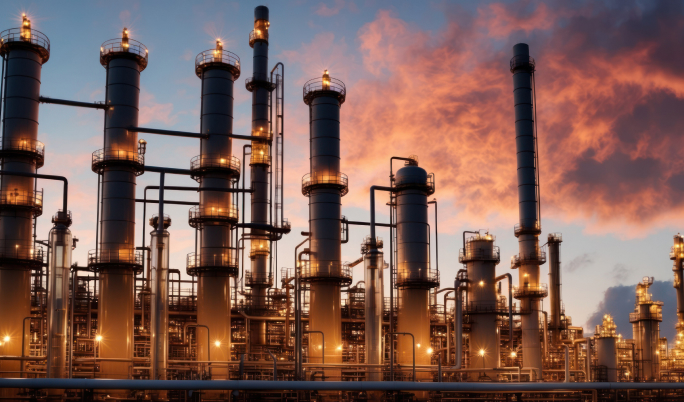
Monday, September 16, 2019
Saudi Arabia drone attack, the SPR and the importance of H2S removal with Pro3®
The flexibility of existing producers to increase output and put to work spare capacity is being tested under the current…


Q2 Technologies Team
Experts in H2S Scavenging Solutions
With decades of combined experience, the Q2 Technologies team specializes in innovative hydrogen sulfide (H2S) scavenging solutions for the oil and gas, wastewater treatment, and industrial sectors.
Drone Strike on Saudi Oil Facility Shakes Global Supply
Saudi Arabia’s all important Abqaiq processing facility was attacked with drones over the weekend shutting about 5% of global crude output as shown on Figure 1.
Global Oil Prices Surge After the Attack
Oil prices already surged while Saudi Aramco’s sources declared that it might take months for Saudi oil production to return to normal. This is a game changer for crude prices. West Texas Intermediate crude for October delivery (CLV19) was up 11.5% on Monday. On at $61.18 a barrel, hitting a session high of $63.34 a barrel. Brent crude prices for November delivery (BRNX19.L) the global benchmark, initially shot up 18% as trading began late Sunday. That gain pared to a rise of $7.16, or 12%, to $67.42 a barrel on Monday.
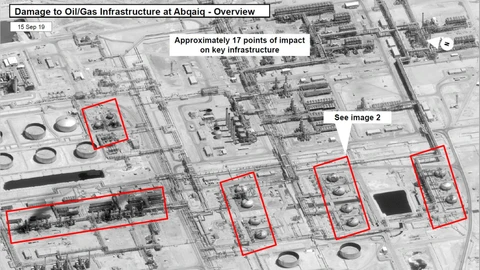
Figure 1. Extent of damage to Saudi Arabia Abqaiq infrastructure. Source: U.S. Government/DigitalGlobe, via Associated Press.
International Community Responds to Outage
The giant Saudi plant that was struck cleans crude oil of impurities, a necessary step before it can be exported and fed into refineries. The attack cut Saudi output by 5.7 million barrels a day, or around half its production. Big countries such as the United States and China have reserves designed to handle even a major outage over the short term. President Trump already announced that he would release US emergency supplies and producers around the world said that there are enough reserves to make up for the shortfall.
Long-Term Risks for Global Oil Markets
However, traders worry about the long-term price increase in oil to reflect how global supply can be hit sharply, overnight, and without warning. The vulnerability of the Middle East facilities and the sudden elimination of spare capacity have been exposed during these unstable times in the region as shown in Figure 2. Similarly, the broader market will assess how fast other suppliers can respond to the oil shortage and it is important to watch how quickly America’s shale can ramp up.
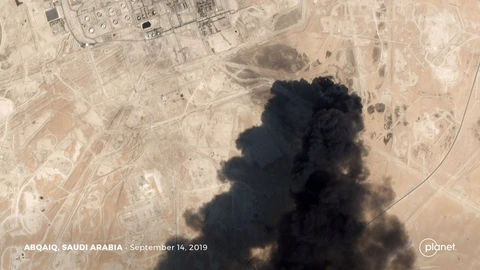
Figure 2. Vulnerable oil facilites in the Middle East: Abqaiq, Saudi Arabia. Image credit: Planet Labs Inc.
Can the SPR and Producers Meet Global Demand?
The flexibility of existing producers to increase output and put to work spare capacity is being tested under the current conditions. Additionally, the capacity to extract the oil stored by the Strategic Petroleum Reserve (SPR) and treat it quickly will also determine how fast the market recovers from the drone attack and its long term effect on oil prices.
Q2 Technologies Supports Emergency H2S Removal
Q2 Technologies regrets the damage on Aramco’s facilities and is ready to help treat oil to remove H2S with Pro3®. Contact us today to discuss how we can help you treat any stored stocks or how to treat your oil at the wellhead.
Q2 Technologies has specialized in providing solutions to remove H2S from crude oil and natural gas for over 30 years. Until 2014, Q2 Technologies was elected as the subcontractor responsible for H2S removal technologies in the SPR. Q2 Technologies has helped American producers export billions of dollars worth of crude oil by removing hydrogen sulfide. Through industry collaboration America can help the world economy recover from this terrible attack. The new Pro3® chemistry is an important contribution to the industry as it addresses hydrogen sulfide issues as well as the operational concerns triggered by traditional triazine scavengers.
Let’s Work Together to Strengthen the Industry
Now is the time for everyone in the industry to work together and recover from this unfortunate blow. Visit Feedspot for other Oil and Gas blogs and learn what they are doing during this terrible time.
FAQs
The Abqaiq facility in Saudi Arabia is one of the world’s largest oil processing plants, handling a significant share of the country’s crude output. Any disruption at Abqaiq affects the global oil supply chain, making it a critical point in maintaining energy market stability.
Following the drone attack on the facility, global oil prices spiked dramatically, with some benchmarks seeing the largest single-day increase in decades. This event highlighted the vulnerability of centralized infrastructure and its direct influence on market volatility.
Strategic reserves like the U.S. Strategic Petroleum Reserve (SPR) are designed to provide emergency crude supplies in the event of global disruptions. In crises like the Abqaiq attack, these reserves help stabilize supply and ease pressure on markets, ensuring that refiners and consumers aren’t left without access to critical fuels.
Related Articles
HOW CAN WE HELP?
Have a question? Need a quote? Our technical staff is here to help you identify the right solution for your project requirements.



